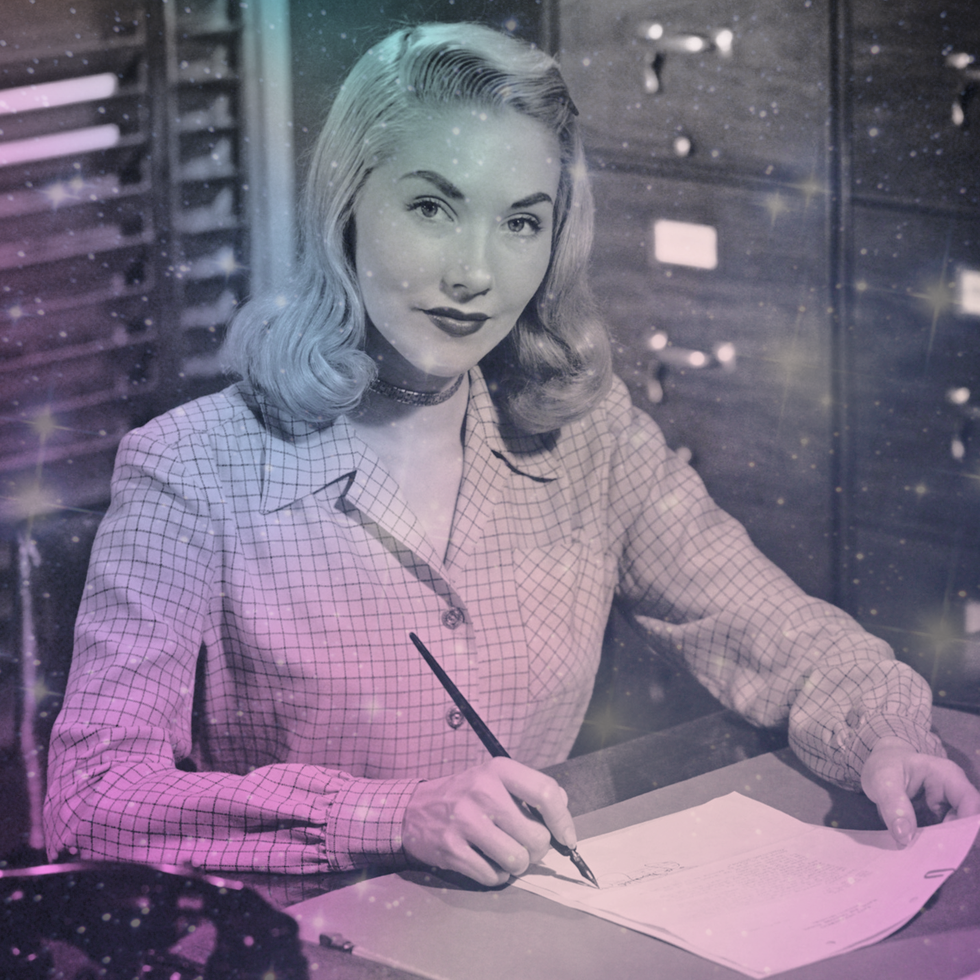My Tarot Card Dependency Controlled My Life
For years, Remy Ramirez didn't make a move without consulting her tarot deck. Through meditation and therapy, she was finally able to break her addiction...but only after being held captive to the cosmos.
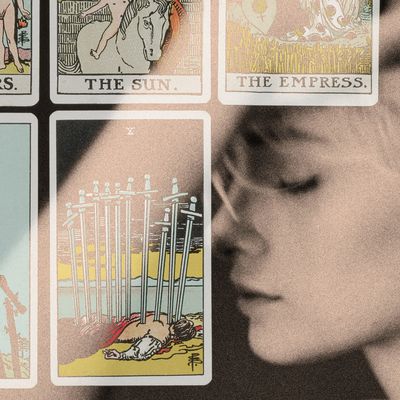
On the morning of New Years Eve, 2015, I was rummaging through old storage boxes in an attempt to resolution-clean when I came across an unopened tarot card deck a friend had gifted me 10 years earlier. Called The Housewives’ Tarot, it was a cheeky deck for women who approach the world of woo-woo with equal parts amusement and disdain. Its Rockwell-inspired illustrations (a duo of eggs in a frying pan for Two of Pentacles, the card of multitasking and adaptability; a Donna Reed lookalike suspended over feather dusters for Four of Wands, the card of home and celebration) made it the ideal party favor—entertainment for the saucy and unsentimental, to be enjoyed over martinis.
As it happened, I was not this type of woman. My childhood was wrought with things like “psychic surgeons” and “crystal healings.” Both my mother and father were artists living hippie-adjacent lifestyles. While my friends’ parents carted them to the family physician for stomachaches or fevers, I was placed under a bright green floodlight to soak in the healing power of the color. As an adult, I’d vacillated between rejecting those flower child ideologies and experimenting with mysticism. When the psychic surgeon who’d “treated” us as kids appeared on Unsolved Mysteries as a fraud fugitive, it set off a wave of contempt for the metaphysical that was, in the end, short lived. Soon enough, I was again showing up at new moon circles and carrying the black tourmaline crystal a friend gave me to ward off negative energy (couldn’t hurt, I thought). At that point, I’d never approached divination with any real measure of intention, but I wasn’t a cynic either.
Which is why, an hour before I began my New Year’s Eve primping, I sat down with The Housewives Tarot and earnestly followed its instructions for a year-ahead spread, placing each card face down in its designated spot, according to the manual’s diagram. The first card represented the immediate future, the next, what would be gained, and the third, what would be lost. I completed the 10-card spread, my bed obscured under a smattering of omens.
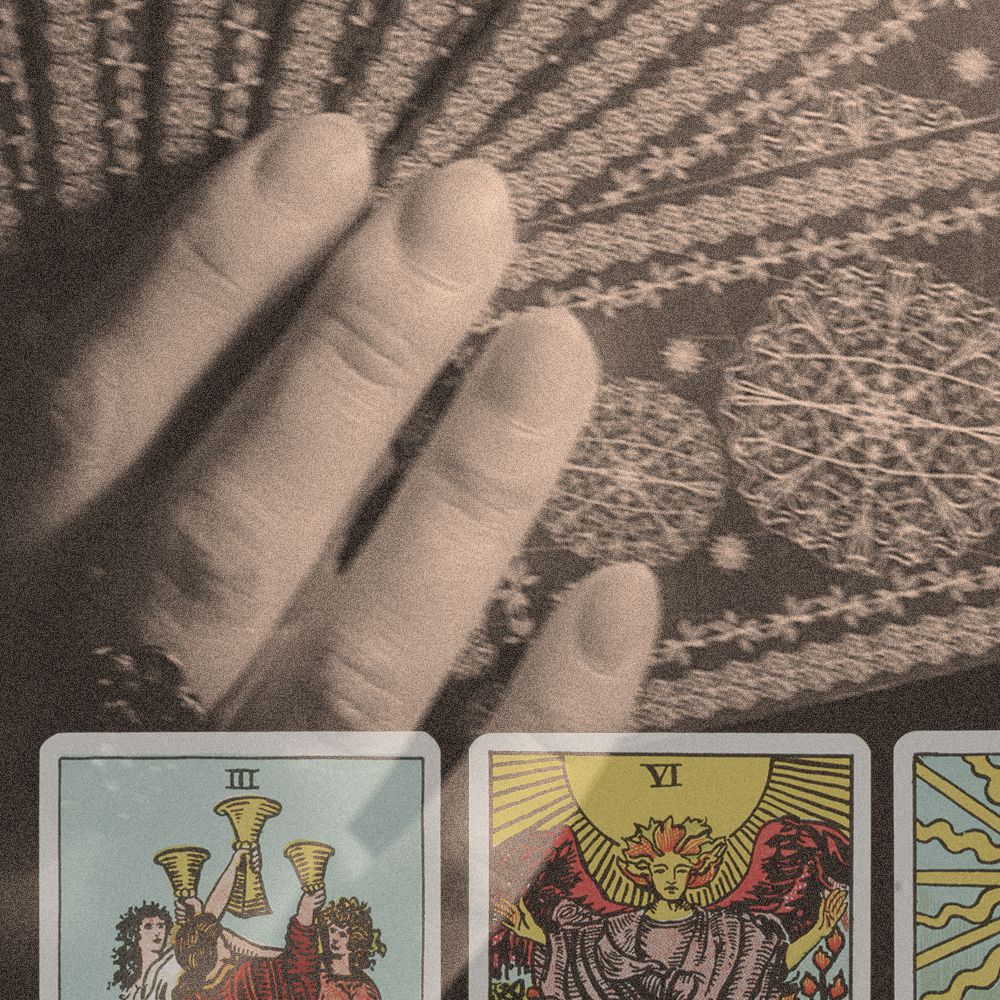
Most of the predictions felt too distant, too nebulous to impact me in a way I could understand at the time. But the card I’d pulled for the immediate future, Knight of Swords, warned me of imminent injury. Sucking on a cigarette, a leather-clad James Dean stand-in smirked up at me from the rectangular frame. Wielding a switchblade atop his shiny motorcycle, the Knight’s message was clear: Trouble was coming.
But as I’d done with actual men countless times before, I disregarded the red flag. A dance floor awaited me that New Years Eve night, as did a low-cut, metallic bodysuit. I was excited, hopeful even. The past year had taken me for a ride. I had seen unprecedented successes in my career, but I was never able to celebrate them. Each victory left me feeling panicked. Mired in imposter syndrome, I was sure I’d make a calamitous misstep, and that fear followed me like a shadow with every professional win. Romantically, things were not much better: one episode involved me sobbing on my bedroom floor when, after four hours, I hadn’t received a text back from the very hot, very dumb gym rat I’d been sleeping with but was honestly not interested in in any serious way. It was so absurd that I mentally scolded myself for having a reaction that appeared, even to me, pretty bonkers. I was exhausted.
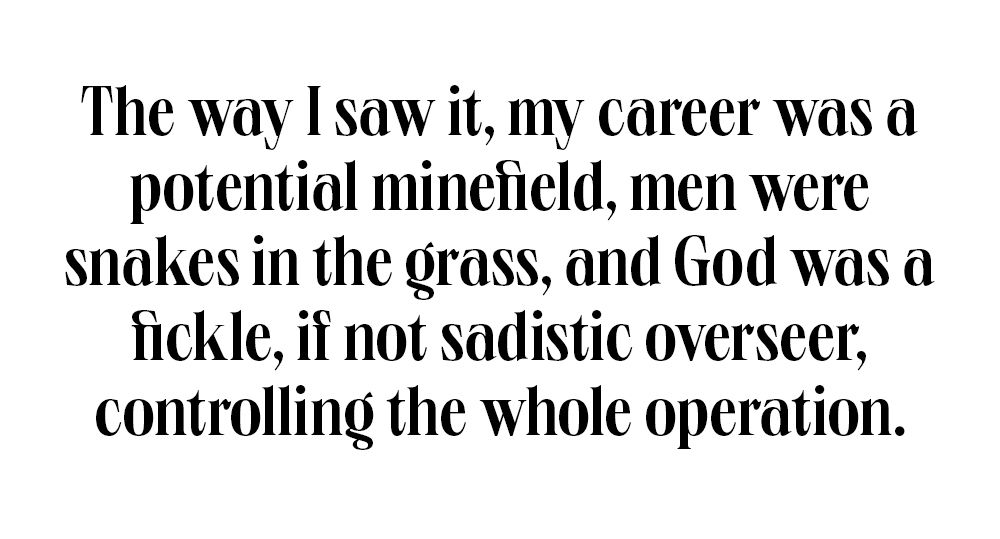
I would later learn from my therapist that the disproportionate responses I had to typical life challenges were symptomatic of anxious attachment style. The American Psychological Association defines attachment style as: “The characteristic way people relate to others in the context of intimate relationships, which is heavily influenced by self-worth and interpersonal trust.” Of the four attachment styles (all defined in childhood) anxious attachment is the byproduct of parents who display unpredictable behaviors; one minute they soothe an upset child, the next, they rage, the next, they ignore. As a result, children are confused about what love is and rarely feel safe.
Research suggests that adults with anxious attachment style both deeply fear and deeply long for connection and are almost always codependent and insecure. The most urgent desire of a person with anxious attachment style is to know that they’re emotionally safe. Because they didn’t learn how to establish that trust in childhood, they nearly always look for someone or something outside themselves to provide it in adulthood. Their lives become a reflection of the dichotomous belief that love is extremely dangerous and the only thing that matters. And I, having applied that dogma to almost every aspect of my life, was a textbook example. The way I saw it, my career was a potential minefield, men were snakes in the grass, and God was a fickle, if not sadistic overseer, controlling the whole operation. And yet, I wanted in on everything. Life, for me, was to be lived to the fullest but with the utmost distrust.
Get exclusive access to fashion and beauty trends, hot-off-the-press celebrity news, and more.
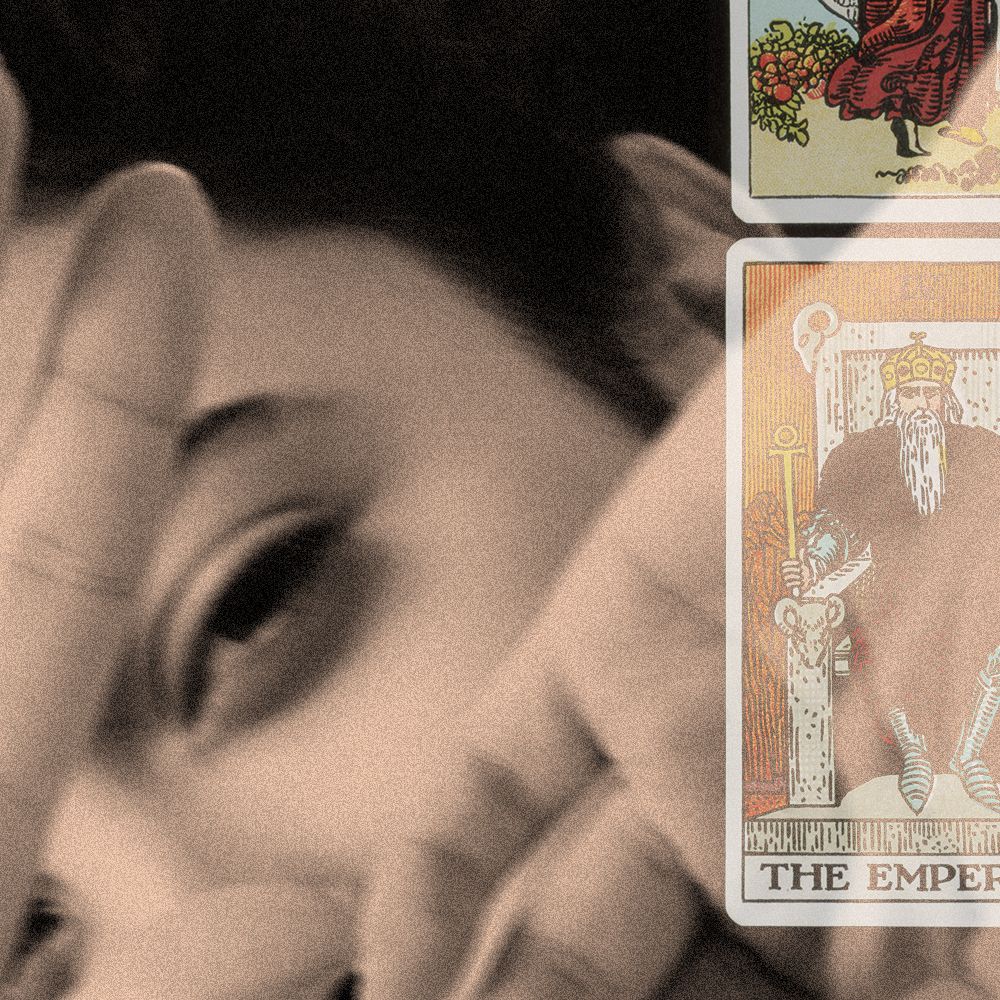
It would take years of therapy, though, before I understood that about myself. Sitting at my vanity that night, thinking over the year that had passed, I was only vaguely aware of those haunted philosophies and the near constant melancholy accompanying them.
And, on that New Year's Eve, I was actively working to ignore that sadness by pumping sea salt spray into my hair and bumping ‘90s hip hop when I dropped my 300-degree curling iron onto my naked thigh. I heard the flesh sizzle before registering the searing pain.
That moment was pivotal; its effect would impact me in a way I could never have known at the time. The tarot had predicted a quick, painful experience caused by carelessness—the Knight of Swords—and within the hour I was slathering my hot, sticky skin with handfuls of aloe vera gel as a result of my own negligence. It wasn’t a coincidence, as far as I was concerned, it was the omniscient power of the tarot. When, two weeks later, the cards accurately predicted a huge fight with my mom, I abandoned all skepticism. With the tarot cards, I now had a window into the future, a superpower that would alert me when danger was looming.
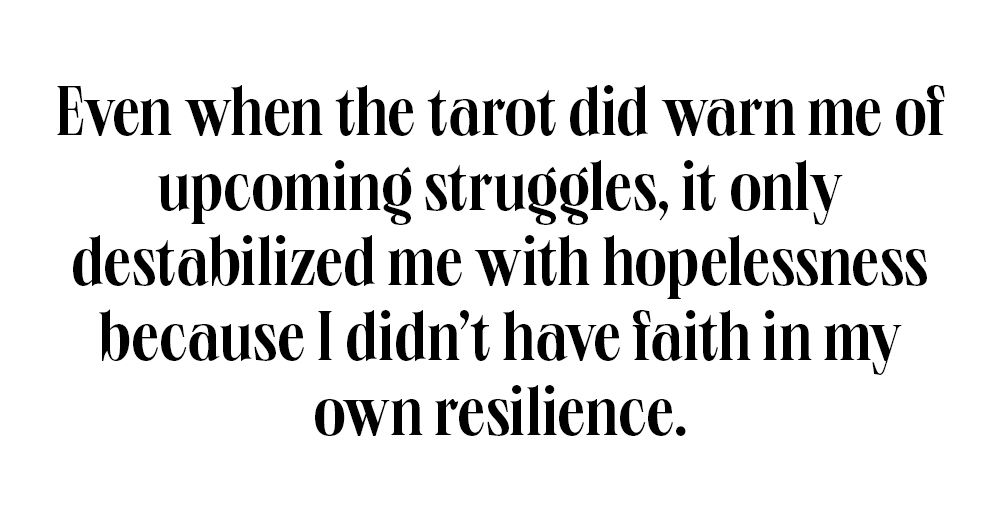
Anyone might covet a tool like that, but for a person with anxious attachment style, someone who couldn’t escape her belief that the world she loved was one big wolf in sheep’s clothing, it was a hook. Not only would it save me from the terrors outside my door, it would save me from myself. Over the years, faith in my own judgment had eroded. Now, almost immediately, that codependent desire to be rescued was transferred onto the tarot.
There was no question too trivial, no outcome too consequential for divination. For the next three years, I laid every scenario at the feet of the cards. Should I move? Should I apply to a new job? How does the man I like feel about me? What would happen if I called him? If I didn’t call? What would May bring? July? August? I wouldn’t take any vacations without consulting my deck first; and I had to travel with it, of course, because who knew what unforeseen issues might arise along the way. As far as I was concerned, the tarot deck was the one thing I could trust.
Theoretically, that made sense. Pre-knowledge of life’s booby traps should mean an ability to dodge them, and that should translate to the ultimate safety net. But as my compulsion with the tarot escalated, my anxiety increased in tandem. When I asked the cards about finances and pulled Five of Pentacles—the card of monetary loss—I curled in the fetal position with despair for hours. There was no voice of reason to assure me that yes, I’d be pulling from my savings for the next six months, but it would turn out fine. When I asked about visiting a friend and it gave me The Tower (upheaval, disaster, painful awakenings), I was distraught. What I didn’t know was that the huge argument between us that ensued, once worked through, would be a source of healing in both of our lives.
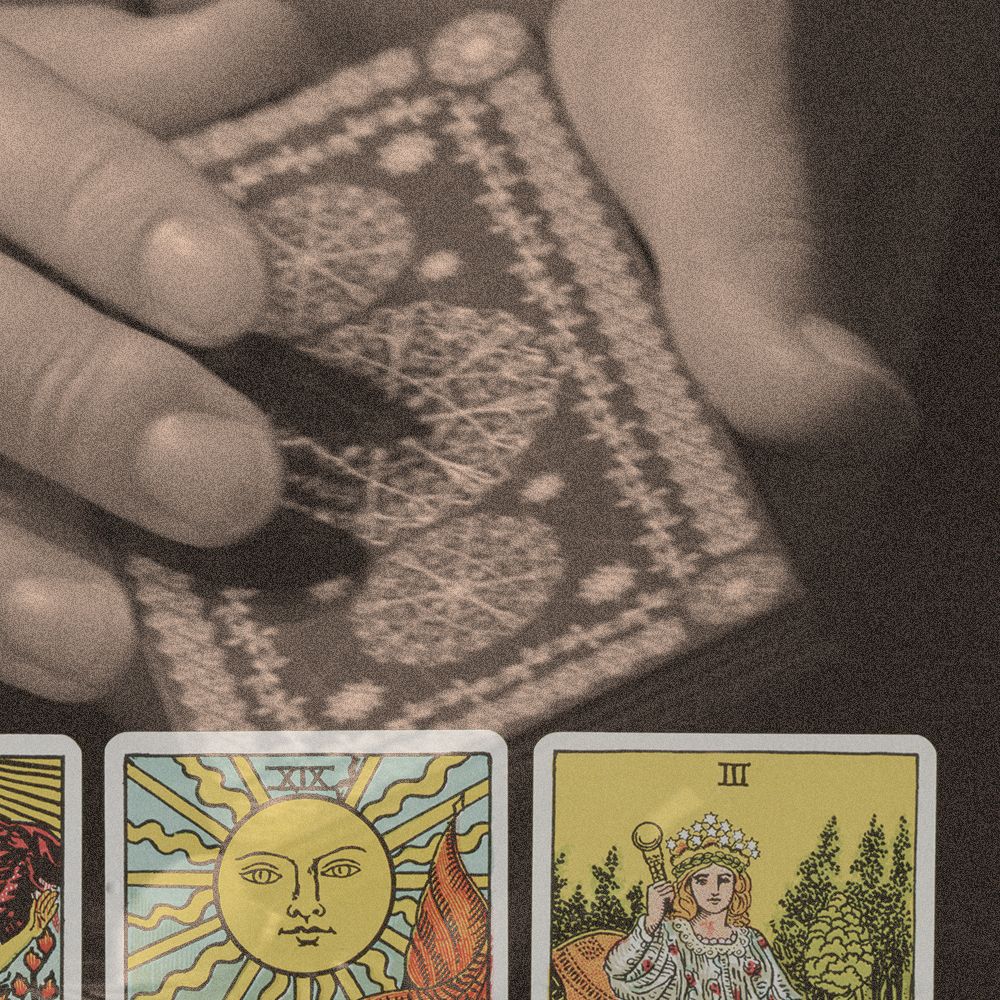
Even benevolent cards didn’t soothe me. I’d instantly disregard the 10 of Cups (blissful relationships, harmony, alignment) or the Queen of Wands (courage, independence, joy) to worry about other cards in the spread with more daunting messages, asking for clarification on them over and over again until I’d worked myself into a panic. Like many untreated codependents, I'd given all my power to something outside myself hoping it would fix my pain, only to find my pain intensified.
It was around the time my obsession with the tarot was reaching its pinnacle that my therapist introduced me to mindfulness meditations. Mindfulness is the therapeutic practice of focusing on the present moment while calmly observing and accepting the feelings that arise. Tearfully, I would bring her my urgent distress—the possibility of failure, of heartbreak, of financial ruin. “You’re safe,” she would say in a steady voice, “even when life doesn’t look the way you think it should.” It was the first time that idea had ever occurred to me. When I was flooded with anxiety, I would take deep breaths from my belly. If my mind spun out with the future’s endless catastrophic possibilities, I would focus on the details of my environment: a bird singing, the smell of coffee from the kitchen, my body pressed against a couch cushion. And when my fear or loneliness felt unbearable, I would place one hand on my heart and one on my stomach, whispering, “This pain can be here.” The more I was able to sit with my anxiety, the less I needed to use the tarot as a crutch. It wasn’t until months of practicing mindfulness meditation had passed that I realized I’d only consulted my deck a handful of times.
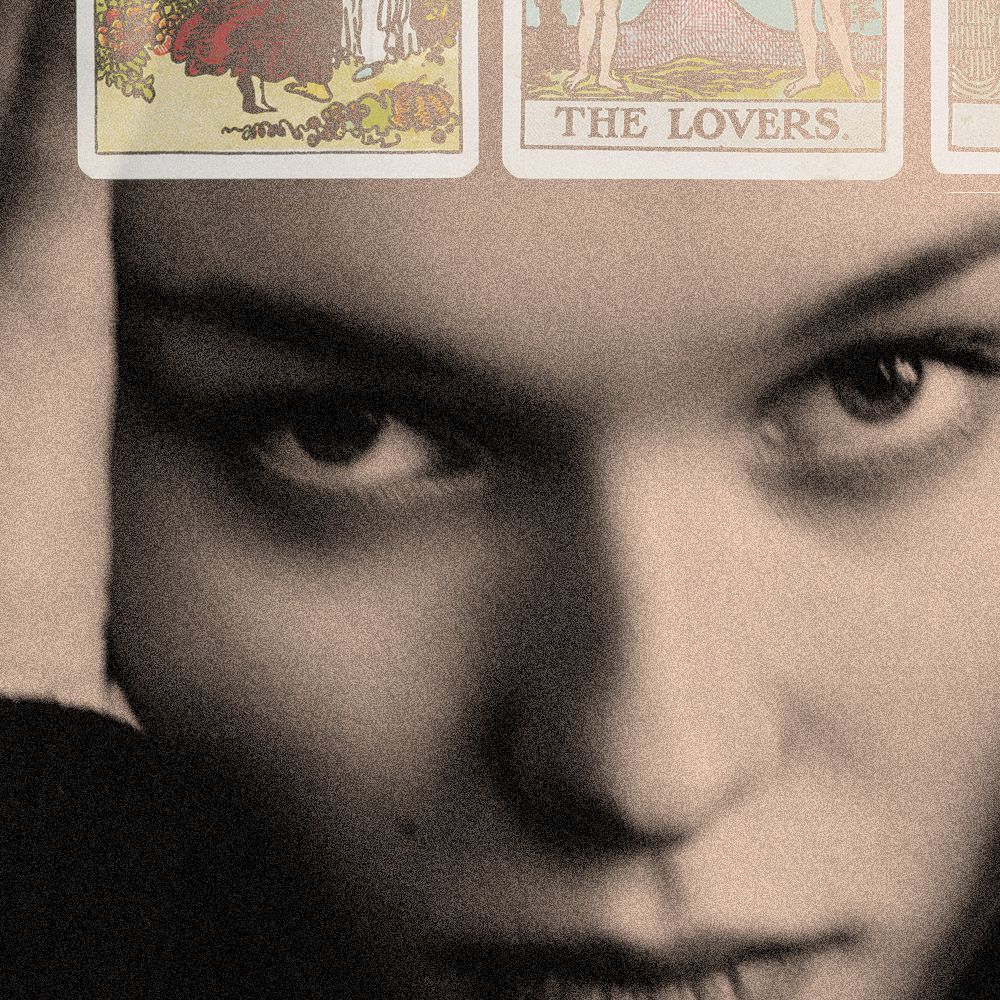
I’d believed the tarot was my only source of security in an unpredictable world. But the truth is that pain is unavoidable, and much of it will take us by surprise. No amount of premonition can change that. And even when the tarot did warn me of upcoming struggles, it only destabilized me with hopelessness because I didn’t have faith in my own resilience. Ultimately, life’s trials weren’t the problem; the problem was that I thought sidestepping those trials was the only way to keep myself safe. Every time I laid a card down, I believed I was laying a bridge that would magically lift me up and over the inevitable human plight. In reality, I was just moving the anxiety around, channeling it into a new outlet that would leave me just as fearful as the others had.
I still read tarot today, though not as often. My early years as a tarot reader hinged on a need to protect myself from the future, from the suffering it might bring. As I learned to be present in my heartache and fear, I came to understand that I don’t have to avoid anything. Life’s hardships can be painful, but they also bear fruit—blessings in disguise, wisdom, growth, self-awareness. If I could breathe through the hardest moments, I could see myself through to the gifts that waited.
As my relationship to my anxiety has evolved, so has my relationship to the tarot. Rather than ask what potential dangers loom, I ask what energy I can bring to create the best possible outcome in any given situation. I focus on myself because, I eventually realized, the bulk of my pain wasn’t coming from the outside world; it was coming from me. When I see The Tower, Five of Cups, or any other challenging cards in my readings today, I still feel that familiar rush of panic. But I keep breathing, I focus on what’s true right now. I carry myself to the other side of that fear—no matter what might be in the cards.
Related Stories
